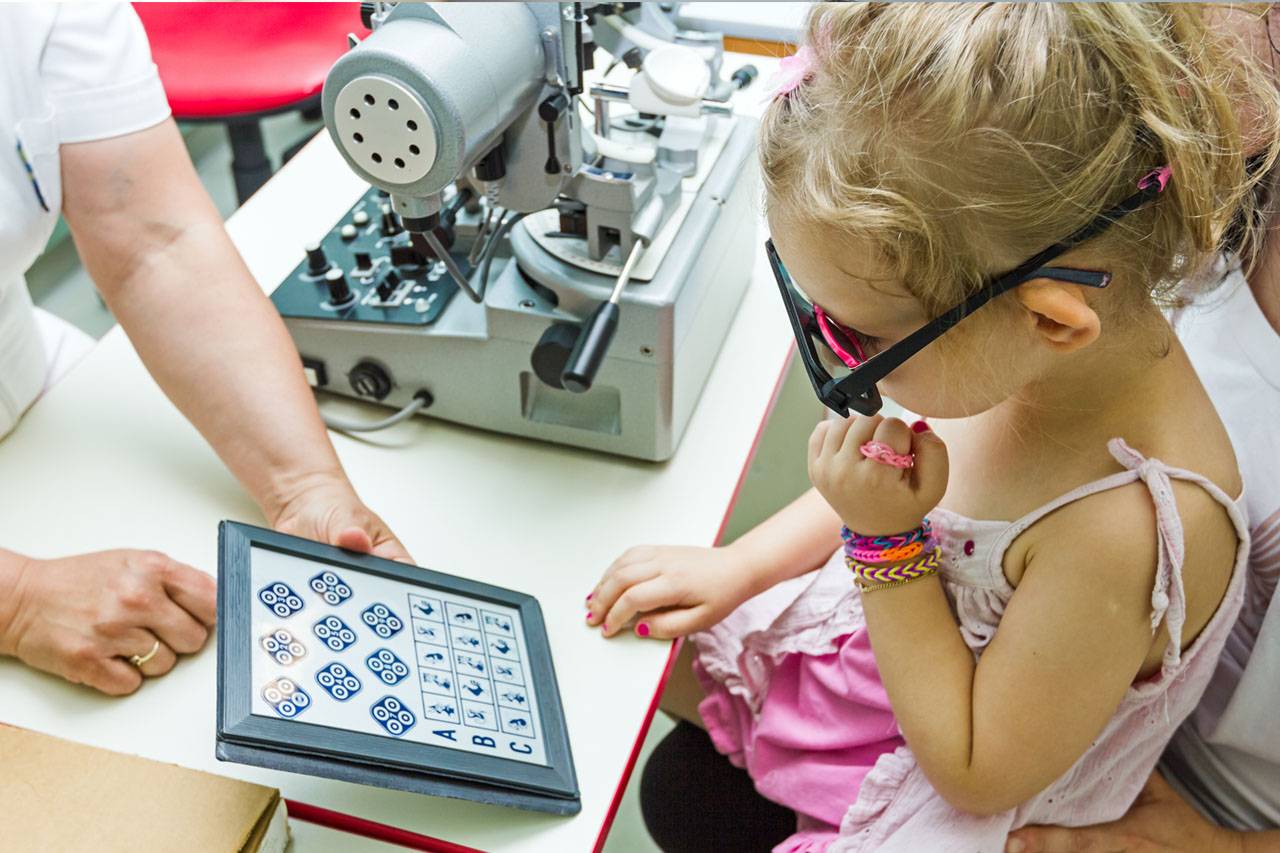THE IMPORTANCE OF
CHILDREN’S VISION
80% OF EVERYTHING CHILDREN LEARN COMES THROUGH THEIR EYES
Uncorrected vision problems can impact a child’s ability to learn and interact with the world around them. Many parents don’t think about their children’s vision unless they have trouble reading the board at school. However, one in every four children has a vision problem that can interfere with learning and behavior.

In addition to correcting your child’s vision problems early, we’re also committed to preventing future issues from ever occurring.
EYE CARE BY
AGES & STAGES

INFANTS
Infants need to learn to use their eyes and learn to see just like they need to learn everything else. Your pediatrician will check your baby’s eyes at birth and at well-baby visits. Your pediatrician is your best first stop if you suspect anything unusual with your baby’s eyesight development.

PRESCHOOL AGE
Preschool children up to age 6 are fine-tuning their vision. This is the prime time to catch and correct any problems because the visual system is still flexible and correctable. Since it is essential to diagnose issues early in this stage, we offer free 3-year-old vision screenings!

SCHOOL AGE
School-age children should receive regular eye exams, especially children who wear glasses or contact lenses. While a vision screening given by a school nurse can alert potential vision problems, these are not complete eye exams. A good education for your child depends on good vision. We’ll make sure they can reach their best!
CHILDREN’S VISION FAQs
HOW OFTEN SHOULD MY CHILDREN GET THEIR EYES EXAMINED?
The best time to have your child’s eyes examined for the first time is at age 3. If your child has an eye condition or needs corrective lenses, we recommend an annual exam. If your child doesn’t have any known issues with their eyes, we recommend at least an exam every 2 years to confirm continued eye health and good eyesight.
DO YOU OFFER PROTECTIVE EYEWEAR?
Eye injuries are the leading cause of blindness in children in the United States, and most injuries occur in school-aged children playing sports. Ninety percent of sports-related eye injuries can be avoided with the use of protective eyewear. Protective eyewear is 10 times more impact resistant than ordinary corrective lenses. It includes safety glasses and goggles, safety shields, and eye guards designed for a particular sport. If your active child needs to wear corrective lenses and needs eye protection, we can help find the best solution.
ISN'T A SCHOOL VISION SCREENING GOOD ENOUGH?
No. School screenings are designed to detect common problems, such as trouble seeing distance and alerting parents to potential problems. However, they may not catch everything, including astigmatism and blurred vision.
WHAT IS LAZY EYE?
“Lazy eye,” or Amblyopia, occurs when one eye is used less than the other. If your child has one eye crossed or turning out, it is causing them to see double, so they actually learn to “shut off” or ignore that eye. If the two eyes are very different, one nearsighted and the other farsighted, the same thing can occur. After a while, vision in the unused eye is reduced.
Lazy eye is most easily treated when discovered when your child is about 3, or at least by 6 years of age.
WHEN CAN MY CHILD WEAR CONTACT LENSES?
This is best determined on a case-by-case basis. The two most essential things in fitting children are responsibility and motivation. They must be able to show enough responsibility to take care of their contact lenses, and they must be motivated to wear them. Without motivation, they will not go through the difficulty of insertion and removal training. On average, this seems to be around 12 years old.
HOW DOES PHONE AND COMPUTER USE AFFECT MY CHILD'S VISION?
As children increasingly use both computers and digital devices for education and recreation, we see more impacts on their vision.
Extensive viewing of the computer screen can lead to eye discomfort, fatigue, blurred vision, and headaches. While children tend to enjoy focusing on games and fun activities for long periods of time, “accommodative” problems may occur due to the eyes’ “locking in” to a particular target and viewing distance. And, eye irritation may occur because of poor tear flow over the eye due to reduced blinking.
Children who extensively use computers and/or other devices daily should have a comprehensive eye exam on an annual basis.
WHAT EYE CONDITIONS ARE COMMON IN CHILDREN?
Amblyopia – Also commonly called “lazy eye.” Please see the question and answer above.
Strabismus – This is the misalignment of the eyes, often caused by a congenital defect in the positioning or strength of muscles attached to the eye and which control eye positioning and movement.
Convergence insufficiency – This is the inability to keep the eye comfortably aligned for reading and other near tasks. Convergence insufficiency can often be successfully treated with vision therapy, a specific program of eye exercises.
Focusing problems – Children with focusing problems (also called accommodation problems) may have trouble changing focus from distance to near and back again (accommodative infacility) or have problems maintaining adequate focus for reading (accommodative insufficiency). Problems often can be successfully treated with vision therapy or prescription glasses.
Eye teaming problems – Many eye teaming (binocularity) problems are more subtle than strabismus. Deficiencies in eye teaming skills can cause problems with depth perception and coordination.
If you suspect your child has an eye condition, please don’t wait to have their eyes examined. The earlier the condition is recognized, the more success we will have in treating or limiting it.


